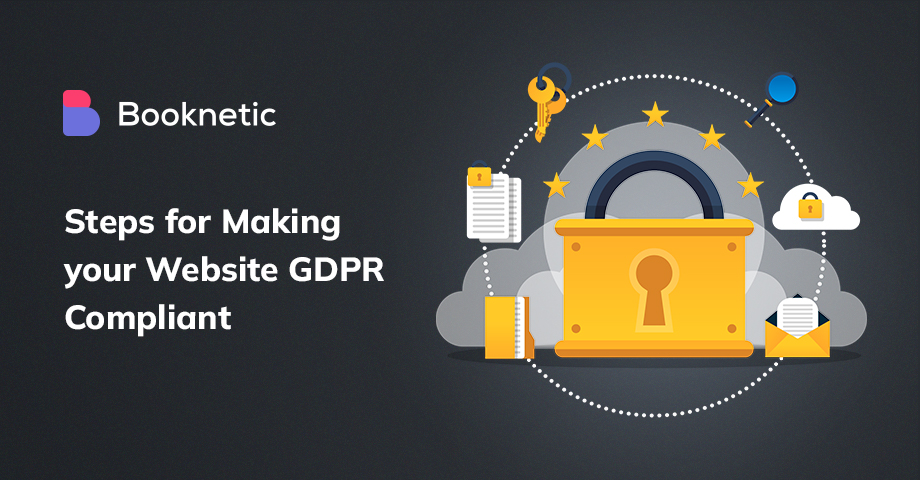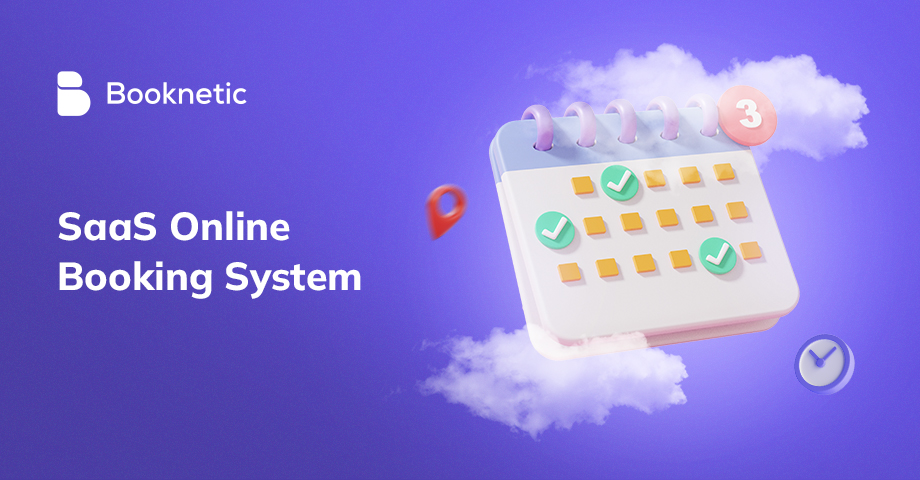7 Steps for Making Your Website GDPR Compliant
November 06, 2025


Creating a Professional Services Website with WordPress
Creating a Professional Services Website with WordPress. If you want to start a new website and do not know where to start, this article is for you
Aytaj Abbasova
November 06, 2025

Creating a Professional Services Website with WordPress
Creating a Professional Services Website with WordPress. If you want to start a new website and do not know where to start, this article is for you
Aytaj Abbasova
November 06, 2025

Creating a Professional Services Website with WordPress
Creating a Professional Services Website with WordPress. If you want to start a new website and do not know where to start, this article is for you
Aytaj Abbasova
November 06, 2025

Creating a Professional Services Website with WordPress
Creating a Professional Services Website with WordPress. If you want to start a new website and do not know where to start, this article is for you
Aytaj Abbasova
November 06, 2025

Creating a Professional Services Website with WordPress
Creating a Professional Services Website with WordPress. If you want to start a new website and do not know where to start, this article is for you
Aytaj Abbasova
November 06, 2025

What is SaaS Online Booking System?
Starting a multi-vendor marketplace can be challenging. Learn to create the cheapest multi-vendor platform with WordPress SaaS online booking system.
Aytaj Abbasova
November 06, 2025

What is SaaS Online Booking System?
Starting a multi-vendor marketplace can be challenging. Learn to create the cheapest multi-vendor platform with WordPress SaaS online booking system.
Aytaj Abbasova
November 06, 2025

What is SaaS Online Booking System?
Starting a multi-vendor marketplace can be challenging. Learn to create the cheapest multi-vendor platform with WordPress SaaS online booking system.
Aytaj Abbasova
November 06, 2025

What is SaaS Online Booking System?
Starting a multi-vendor marketplace can be challenging. Learn to create the cheapest multi-vendor platform with WordPress SaaS online booking system.
Aytaj Abbasova
November 06, 2025

What is SaaS Online Booking System?
Starting a multi-vendor marketplace can be challenging. Learn to create the cheapest multi-vendor platform with WordPress SaaS online booking system.
Aytaj Abbasova
November 06, 2025

No-Code Website Development with WordPress
Learn how to build a website without writing any code. Booknetic is a drag and drop tool that makes it easy for anyone, even non-technical people, to create professional websites.
Aytaj Abbasova
November 06, 2025

No-Code Website Development with WordPress
Learn how to build a website without writing any code. Booknetic is a drag and drop tool that makes it easy for anyone, even non-technical people, to create professional websites.
Aytaj Abbasova
November 06, 2025

No-Code Website Development with WordPress
Learn how to build a website without writing any code. Booknetic is a drag and drop tool that makes it easy for anyone, even non-technical people, to create professional websites.
Aytaj Abbasova
November 06, 2025

No-Code Website Development with WordPress
Learn how to build a website without writing any code. Booknetic is a drag and drop tool that makes it easy for anyone, even non-technical people, to create professional websites.
Aytaj Abbasova
November 06, 2025

No-Code Website Development with WordPress
Learn how to build a website without writing any code. Booknetic is a drag and drop tool that makes it easy for anyone, even non-technical people, to create professional websites.
Aytaj Abbasova
November 06, 2025
Sign up for our newsletter
Be the first to know about the updates, news, campaigns, and industry insights.
We care about your data in our privacy policy
Let’s get started on something great
Booknetic is a simple yet powerful plugin for accepting online bookings & payments on your WordPress site.